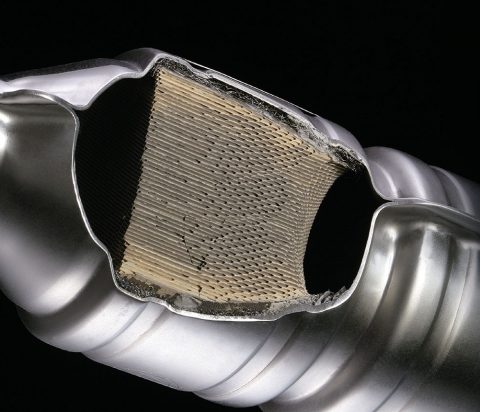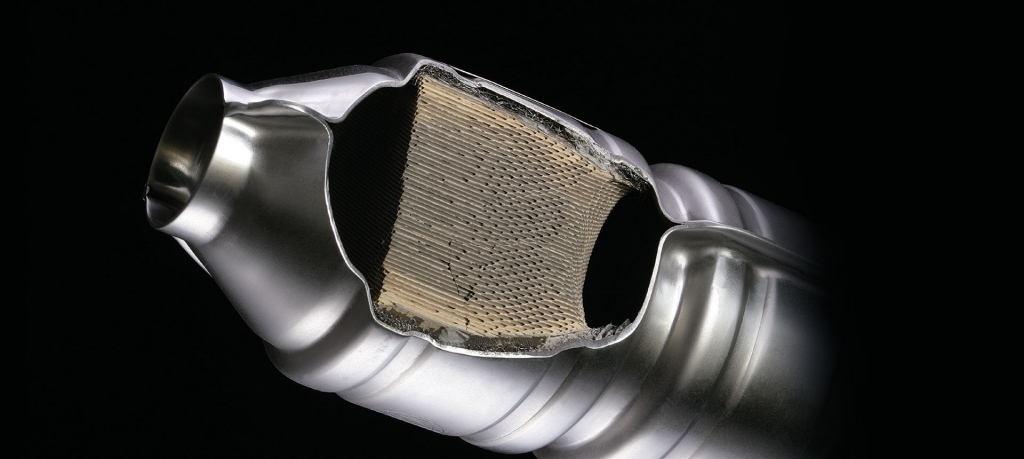Partial PGMs: a new strategy for DPF technology
Partial PGMs and the copper. A smart approach to DPF Partial PGMs, what if the copper is the philosopher’s stone of the catalytic process? The development of new materials for catalysis that emerges from the European research project could steer R&D towards a more sustainable after-treatment of the soot. We will provide you with more […]

Partial PGMs and the copper. A smart approach to DPF
Partial PGMs, what if the copper is the philosopher’s stone of the catalytic process? The development of new materials for catalysis that emerges from the European research project could steer R&D towards a more sustainable after-treatment of the soot. We will provide you with more details shortly, with an in-depth analysis of the technical content about this project, automotive oriented but available for industrial applications as well. Now we provide you with a presentation of the project, by Warrant Hub, to consultant company part of Tinexta Group, focused on digital trust, credit information & management and innovation & marketing services.
AND WHAT ABOUT EGR? BORGWARNER GOT AN ANSWER

The PARTIAL-PGMs project, wanted and supported by the European Commission, was conceived to produce concrete solutions to the problem of particulate matter (PM) emissions. In particular, the goal was the realization of a hybrid particulate filter – able to reduce the pollutant emissions of cars – reducing the use of rare earths (REE) and platinum group metals (PGM), very expensive and not very available in Europe.
PARTIAL-PGMs was funded with over 4.5 million euros by the European Commission under the ‘Horizon 2020‘ program, the research phase lasted 42 months and involved 14 partners from 10 different countries. Among them, important academic centres of excellence – such as the Greek National Research Centre ‘Demokritos’, the French University of Lille, the US University of Delaware and the University of Padua – as well as important industrial partners such as Johnson Matthey PLC, one of the world leaders in the production of catalytic converters for the automotive sector.
A CLEANER WAY TO TH AFTER-TREATMENT SYSTEMS? THE ECOSPRAY POINT OF VIEW
How to replace PGM and REE
The PARTIAL-PGMs project has developed new and innovative nano-structured materials with low PGM and REE content, replaced by copper, an abundant and affordable element available in Europe. The tests carried out have shown that these materials can be effectively used to create a hybrid particulate filter that, in addition to reducing pollutant emissions from cars, reduces the use of rare earth elements by 20% and at least 35% that of PGMs.

Warrant Hub says…
The compact nature of the new hybrid system will not only allow it to fit in smaller cars, but will also reduce cold start emissions and shutdown times with performance that anticipates both future emission control regulations and new advances in engine technology.
«The coordination of such a strategic project was a challenge that we took up with pride and enthusiasm, putting Warrant Hub’s consolidated experience in managing international research projects at the service of the consortium of partners» says Isella Vicini, Head of European Funding Division of Warrant Hub – Tinexta Group. «We are proud to have contributed to the achievement of truly amazing results: they are already available to the market and we hope that future EU regulations on vehicle emission control will take into account the work done with PARTIAL-PGMs».









